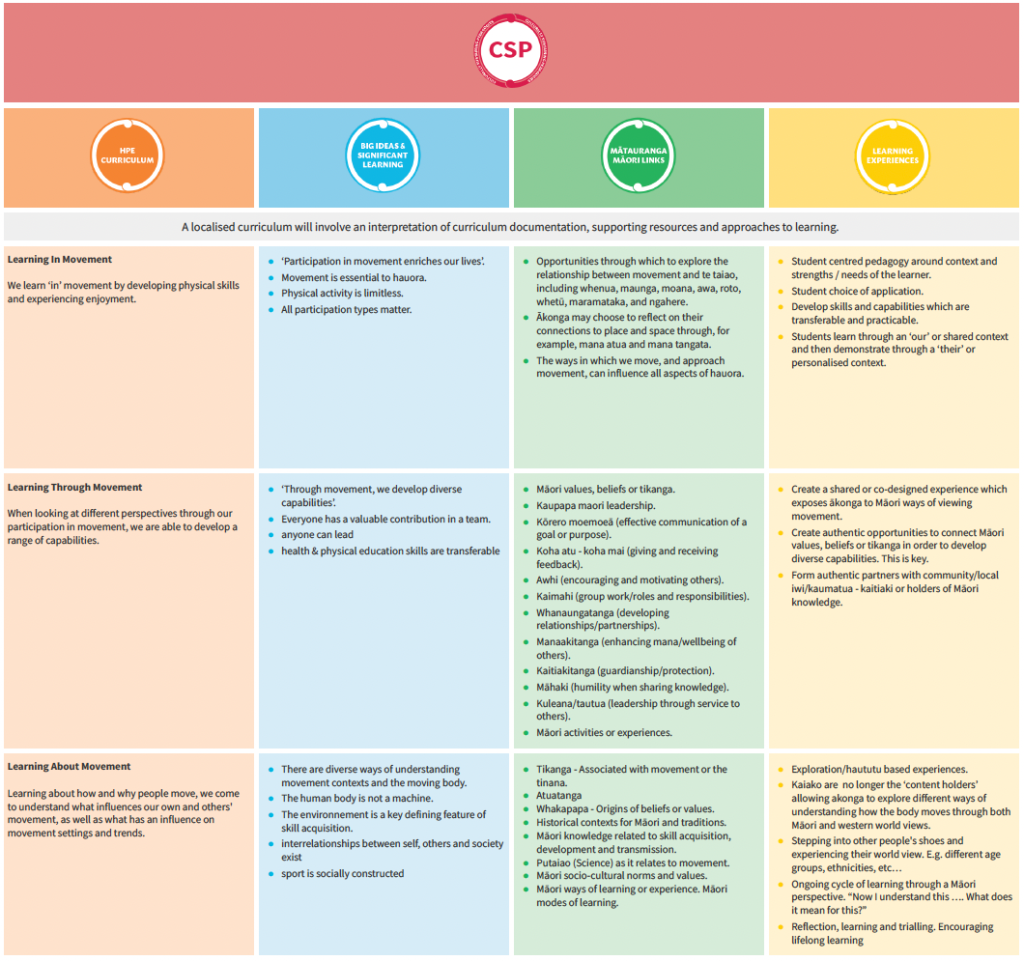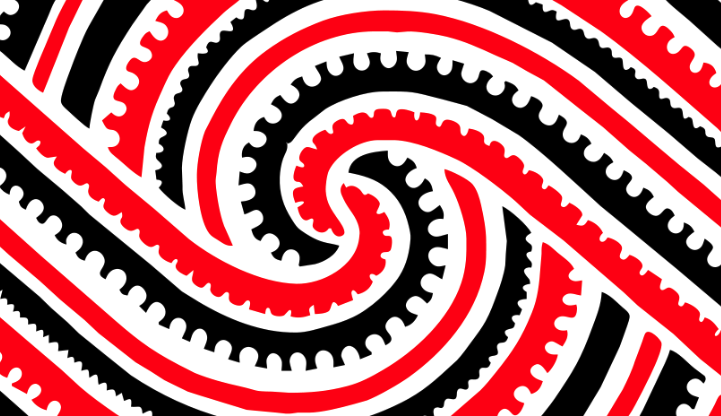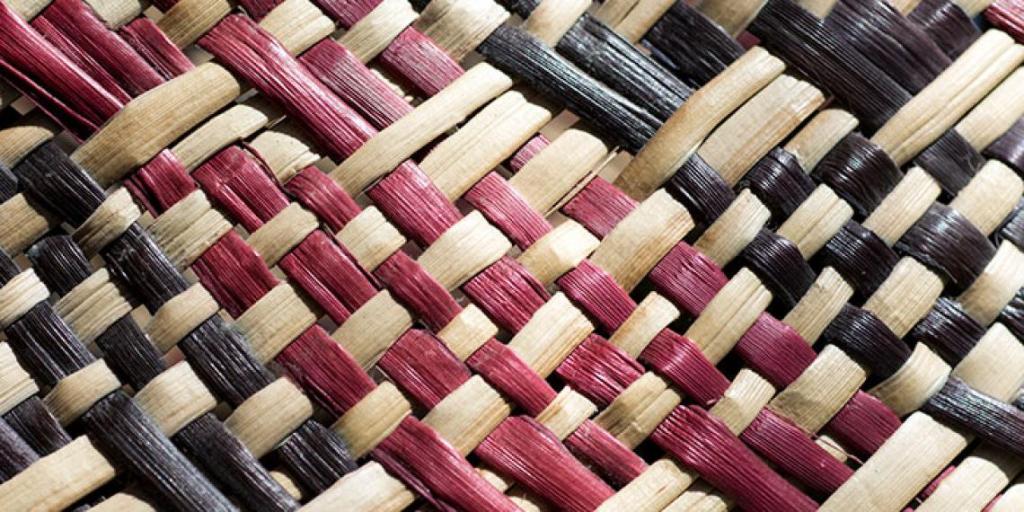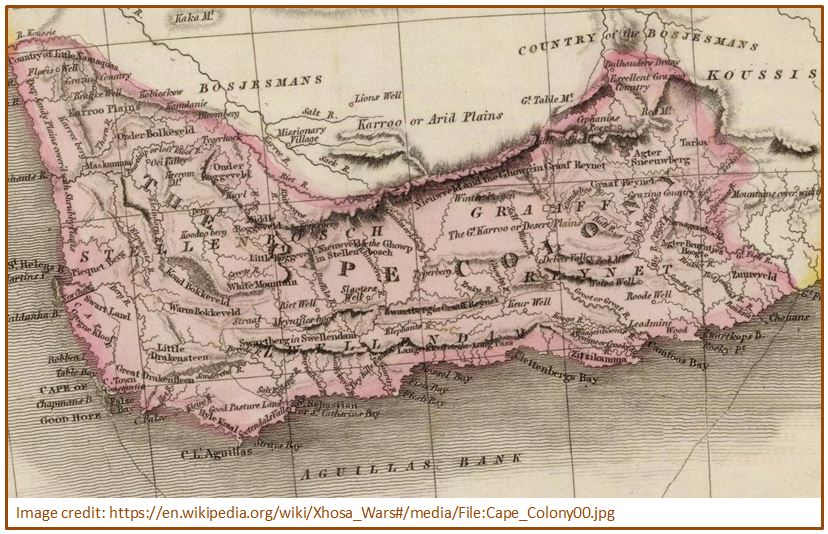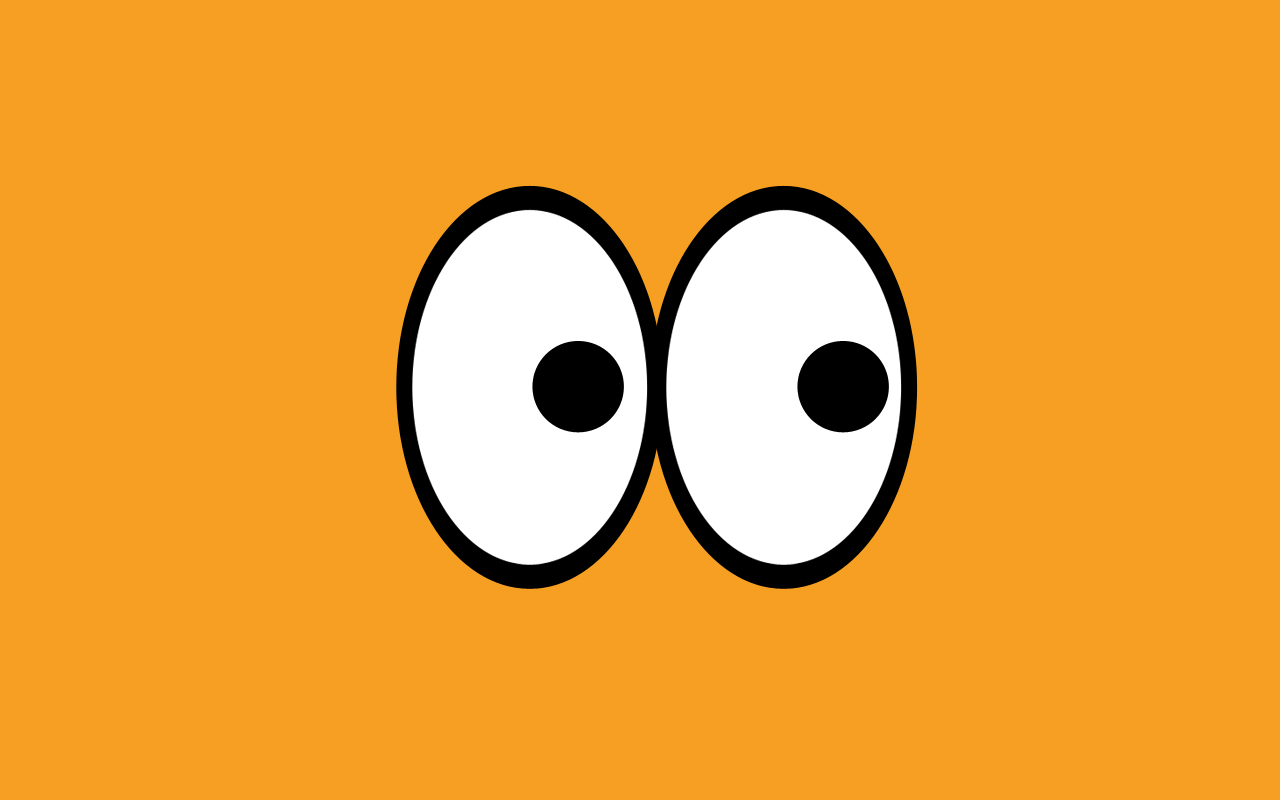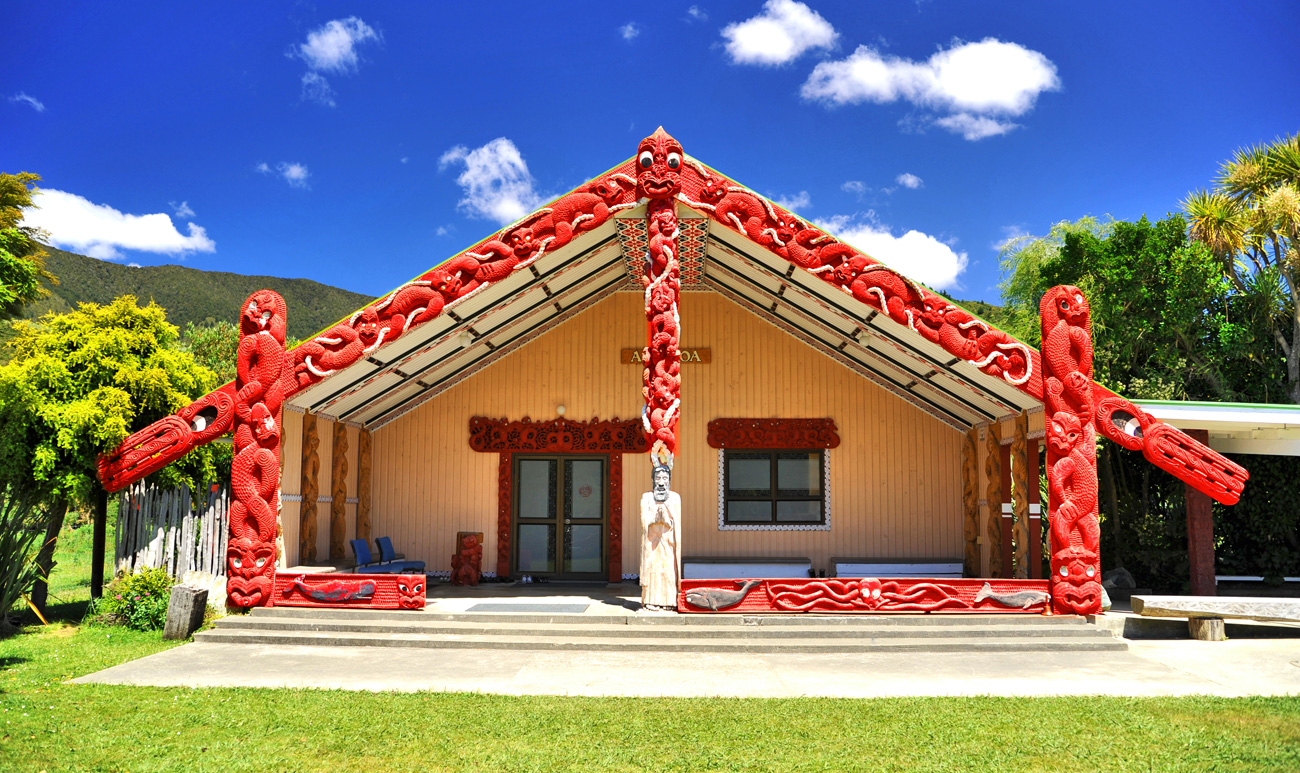The text has always been the safe choice, and I have chosen it many times. As a newly minted English teacher keen to engage young Māori minds, I was immediately drawn to texts written by Māori or texts with Māori characters, settings or themes – whatever that meant. I truly believed that the text would carry the intent of my efforts and that, in some way, I was meeting the needs of my Māori students. A Game of Cards by Witi Ihimaera was one of my early favourites. It resonated with me. I had been there in the homestead with my own Nan. I was so enthusiastic about teaching it, that I was surprised when my ākonga didn’t share my appreciation or connection with the text. For sure, I thought at least one of my ākonga Māori would connect with the story as I had. Evidently, this was not the case. I was coming from a good place, but I had assumed much.
Luckily enough, I was working in an English department that valued an individual approach to teaching and which encouraged me to find new ways of incorporating new knowledge into my programmes of learning. Because of this, and the encouragement of other amazing educators, I felt empowered to consider more deeply my beliefs and approach to teaching.
Scavenging in the dark and dusty recesses of the English resource room became somewhat of a past-time. The adjacent book room was long and narrow with A4 paper boxes stacked to the ceiling and filled with books. I searched through everything. I even managed to get into the only thing in the room with a lock which was the old metal filing cabinet at the end which housed past exam papers. In the workroom, cabinets and drawers concealed hidden gems I was able to resurrect and create new class sets from. My interest was also taken by the English mailing list which would periodically produce a request, followed by a stream of responses, seeking guidance on the texts teachers were using with their Māori students. While noble, the mailing list mostly reproduced an all too familiar list of Māori texts and little else. Alongside countless hours on the interweb searching, I had discovered an uncharted world. I spent many hours hunting for gems. Looking back, in my eagerness to find the ‘perfect’ Māori text, I had lost sight of what it is I was actually looking for.

I had never fully appreciated the depth and breadth of Māori literature, nor understood the very limited resources available to help ākonga and their kaiako to learn from them. As well as this, I became acutely aware of this thing known as Māori literature. For the life of me I couldn’t figure out how to define it and wondered if I should. I was left pondering what it was, how to find it and whether this was in fact what I needed. Trying to define Māori literature was a bit of a fool’s errand, but it helped me to see the true richness and authenticity of Māori storytelling and the ways in which we try to incorporate it into our teaching practices. More recently, Steph Matuku presents the idea that anything a Māori writer produces “becomes part of the canon of Māori literature”. Further, she raises the idea that Māori literature is constrained to the point that Māori stories tend to be confined to the “brutal stories of domestic violence”, “poignant tales of returning to the rural marae” and the “retelling of classic myths”. Critically, she highlights that these are the types of stories Pākehā think that Māori should be writing. The publishing world certainly favours such. I really needed to focus less on defining Māori literature and recognise the latent power within stories to transcend difference, but that the differences were critical in understanding one another.
What I have come to understand, and what I think I knew all along, is that the text itself would never be enough. It didn’t matter if I found the holy grail of Māori text. It would never suffice. What is also important, is to recognise that just because a text might be considered a ‘Māori text’, this does not endow it with some special power to engage and reach the hearts and minds of our ākonga. In this resides a dangerous assumption. We assume that Māori will engage when something Māori is put in front of them. This amounts to a trite and erroneous understanding of Treaty relationships and the role educators play in helping Māori to enjoy education success.
I attended an English medium school and I recall my 7th Form English teacher engaging us with texts which were diverse and interesting. None of the texts that connected with my 7th Form self, were uniquely Māori or specifically written by Māori authors. I grew to love and appreciate Shakespeare and found respite in works of science-fiction and fantasy, while many of my friends preferred the mundane existence of historical fiction. I still felt like I was successful and I don’t remember a single ‘Māori text’. This is not to say that we didn’t study these texts, I just never connected with them in that way. Texts were never simply put in front of me. Looking back on my time in 7th Form English, I wonder if my teacher understood what was actually happening – I’m sure she did. So much of the cultural experience in class was seamless and honest. I felt that my culture was valued and that I had something of value to contribute to the learning process. What is clear to me now is that the relationship between myself as a learner and my teacher was one built on reciprocal trust and respect. Mātauranga Māori and Māori ways of knowing and being were so tightly connected to the learning experience, that it was hard for my young self to decipher the difference. I came to expect it as a part of my learning in every English class. This is what I was looking for in the English resource room, way back when. The thing is, I was never going to find it there.
It should go without saying that, as English teachers, we have within us the power to influence the lives of our ākonga in profound and lasting ways – especially our ākonga Māori. The voices of Māori literature are constantly expanding. With this expansion, our list of ‘Māori texts’ grows. As such, we need to consider the pedagogies we use when approaching any text, not just those we designate as Māori. Our ākonga Māori undoubtedly deserve experiences with literature which reflect their own lived reality and resonate with their cultural contexts. More than this, they deserve to have access to the ocean of literature the world offers, supported by culturally located and sustaining pedagogies.
In order to achieve a shift in the way we teach, an effort must be made to explore new approaches and to generate new resources and tools for kaiako and ākonga. These resources and tools should enhance access to Māori literature and support the use of mātauranga Māori approaches in accessing and understanding ‘non-Māori’ literature. Sorry to break it to you, but no one person or organisation is going to do this for us. There is no silver bullet, just you – us. The critical part of this endeavour resides in our ability, as a collective, to share our successes and failures and to demonstrate ako.
There will always be challenges and our fear of getting it wrong often paralyses us. Our job is to create rich, interesting opportunities for our ākonga to learn and grow. On that note, I would also advocate for a clear focus on skill development and their application to a range of texts. A child that does not have the opportunity to apply their skills to a range of rich texts is missing out! Doing a ‘class novel study’ should be a means to an end. It should be a way to demonstrate the skills required for effective analysis, promote enjoyment and then our ākonga should be set free. They should be encouraged to seek and engage with new texts. Texts that challenge and inspire. Texts they like or don’t know about! Then they can use their new found abilities to make sense and meaning.
I realise that some or all of what I have shared may come a-cropper when looking at the ‘refresh’ of the Curriculum and NCEA, particularly the English Learning Matrix. In relation to the realignment of NCEA, the enormity of the task cannot be overstated and the time given is neither sufficient nor conducive to a quality outcome. However, every effort is being made, by English teachers, to provide the best possible framework for young people to find success in English classes across the motu. My intention here is not to critique this work, although I have some reservations. My intention is to highlight the deeply held beliefs and assumptions in the collective psyche about Māori texts and the role they play in educating young people.

Take for example the first significant marker in the Learning Matrix which relates to Māori voices. The indicators for success at each curriculum level rely on an awareness and understanding of te ao Māori and Māori literature. The crux is that ākonga and their kaiako will be required to demonstrate an understanding of the interconnection between te ao Māori and Māori literature. Put another way, when we study Māori texts, ākonga will gain a better understanding of the Māori world and by extension we give life to Treaty partnerships in the English classroom. Assuming there is some agreement about what forms Māori literature, anything more than a surface approach to this task is prone to tokenism and confusion. Therefore, what will be required is a deeper understanding of te ao Māori as it relates to storytelling. The texts we define as Māori and that belong to the bank of Māori literature are the critical connection. Why? The further one looks into the refresh, the clearer our position becomes. Consider the following statements from the Learning Matrix:
- “Māori creators provide an important perspective on living and participating in Aotearoa New Zealand and the world”
- Who is considered a Māori creator?
- Who decides?
- Which works contribute to the development of the ‘important perspective’?
- Are Māori creators only those with published, written texts?
- What role does an oral tradition play in perspective taking?
- “The study of Māori texts plays a role in the process of honouring Te Tiriti o Waitangi”.
- How do we know this?
- Is it because it is a ‘Māori’ text?
- What are we doing in the study of a ‘Māori text’ that honours Te Tiriti?
- Who decides?
- What about the sci-fi, steam-punk, fantasy novel – set in space – written by a celebrated Māori author?
- “Interpreting texts by Māori … creators enable readers to connect the unique language and literature of Aotearoa”
- Again, who is a Māori creator? Who decides?
- How do we ensure that interpretations are developed through the lens of our students and not solely reliant on the teachers ability to dissect mātauranga Māori conceptual frameworks?
- In the study of a range of texts including those by Māori … creators, students will learn that writing can have intrinsic beauty.
- What is it about the text being created by Māori that results in an intrinsic beauty?
- Why include texts created by Māori at all?
These examples highlight two things. First, that our intentions are good. We want to do a good job and we know that we have neglected our full responsibility as Treaty partners. Second, that we are prone to a reliance on Māori creators and Māori texts to do the heavy lifting when it comes to working with our ākonga Māori. This often results in ākonga Māori being required to help a kaiako or their peers to connect with the concepts being explored. Another observation I would make is that if it’s not a Māori text it tends to be a Māori context or a topic. In any case, aside from navigating the minefield that is defining Māori literature, we need to consider other approaches that are not solely reliant on a Māori text. Approaches that work to enhance the experiences with all sorts of texts. Approaches drawn from and grounded in mātauranga Māori alongside the English language canon.
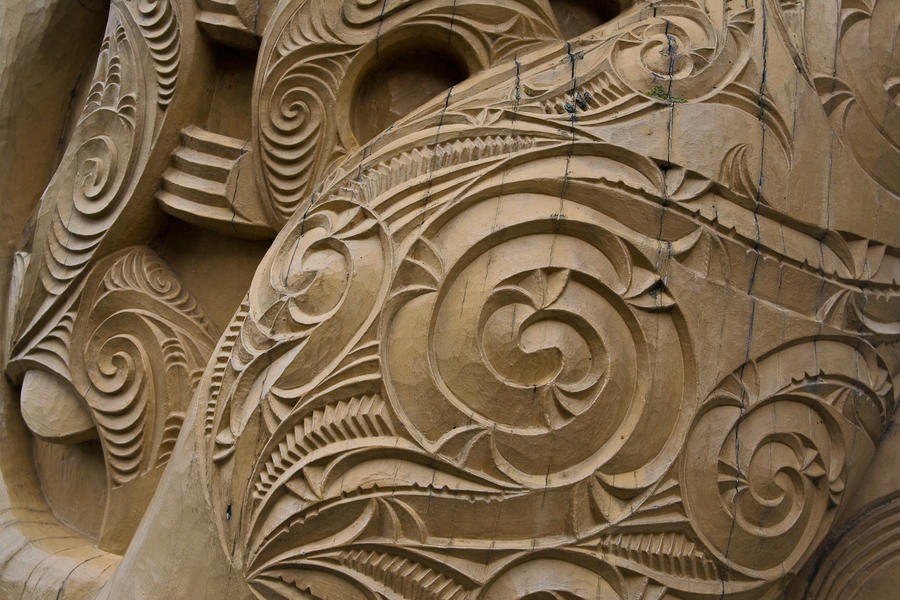
Treaty partnerships in the English classroom are not just about sharing books from each other’s culture. It’s about attempting to see the world through another’s perspective and not relying on the other to tell you what to see. More importantly, it’s about ensuring that every ākonga Māori has the ability to present their own interpretations and understandings in culturally safe and uplifting ways. I think most would agree that mātauranga Māori and te ao Māori have so much more to offer the English classroom, than simply Māori texts by Māori creators.
This is probably going to sound a bit silly, but, we spend so much time trying to ‘teach’ mātauranga Māori, that we forget it is a lived experience. It might sound silly because we are teachers, and our job is to teach. Yes, but trying to ‘teach’ mātauranga Māori demonstrates that we misunderstand the importance of experience. Incorporating mātauranga Māori in all its forms into our classrooms should be commended and encouraged. Trial, fail, succeed, share. Rinse and repeat. However, we should remain cognisant of the fact that mātauranga Māori is not simply a conceptual framework or thing. It is born from a lived experience and built from the knowledge of our tīpuna. The knowledge does not and will never belong to you. Your ākonga, whānau, mana whenua, hapū or iwi are kaitiaki of this knowledge and can help in your journey – but the responsibility is yours. A true incorporation of mātauranga Māori requires a shift in our values and mindset. In order to aid this shift, we must find ways to experience it. This is likely to lead us into uncomfortable or challenging situations. Ka pai. Be open to it. Embrace it. Learn from it. Integrate it into every fibre of your being. Then will mātauranga Māori begin to resonate deeply within and move from head to heart, where relationships are bound and conviction flows.
If this sounds ‘airy fairy’ I get it. However, if we want to understand mātauranga Māori, which we must in order to effectively incorporate it into our practice, then we will need some help. Just don’t expect it to come in the form you expect or in the time that works for you. Mai i te kōpae ki te urupa, tātou ako tonu ai – from the cradle to the grave we are forever learning.
Our greatest asset in this work is you. Each of you. Striving for your best, working through the complexities, honouring the knowledge holders and sharing your experiences. As we do these things, we will create a community of educators bound by whanaungatanga and alive in the spirit of ako.
In the spirit of ako and to help get the ball rolling here are some of my thoughts about how we might reimagine the way we approach teaching and learning and one which begins to see the place of mātauranga Māori differently in our practice.
CLICK ON THE IMAGE BELOW TO BE TAKEN TO THE DOCUMENT.



